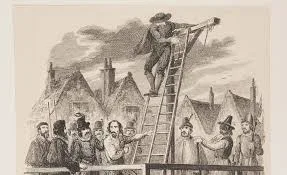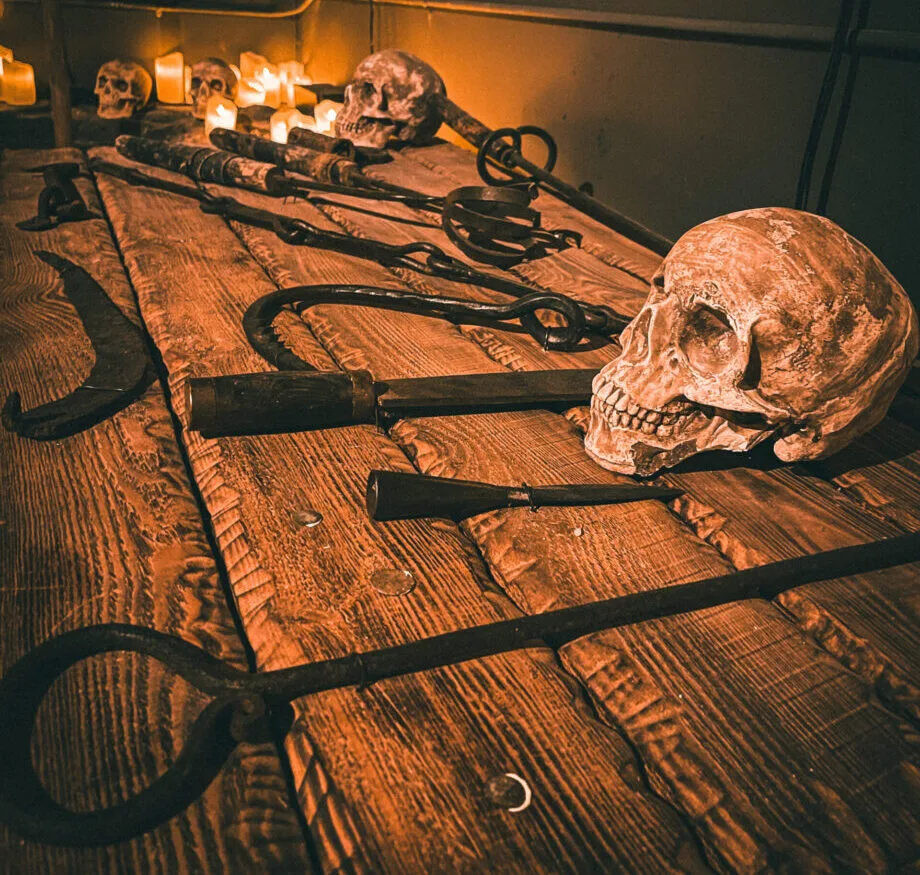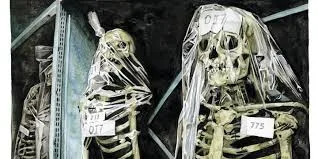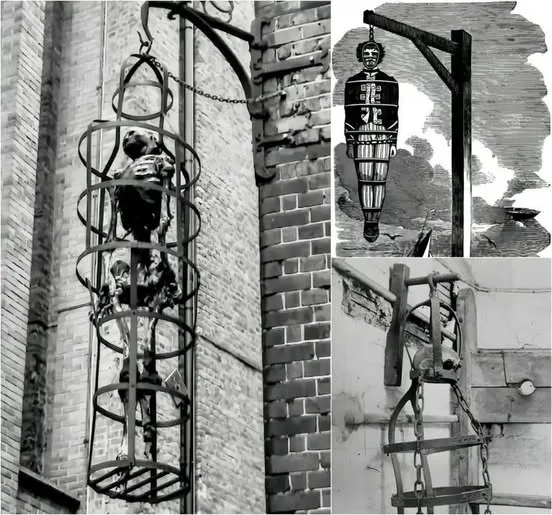Chilling Public Hangings: A Disturbing Look at the Terrifying Middle Ages

Public hangings during the Middle Ages cast a grim shadow over Europe, serving as both a method of execution and a chilling spectacle that shaped societal norms. Spanning roughly from the 5th to the 15th centuries, this period saw hanging emerge as a widespread form of capital punishment, particularly among the Anglo-Saxon tribes who introduced it to Britain. As of 10:27 PM MDT on July 11, 2025, historical accounts reveal a practice steeped in brutality, public fascination, and evolving justice, offering a window into a world where death was a communal event.
Historical Roots and Evolution

Hanging’s origins in medieval Europe trace back to the 5th century, brought by Germanic Anglo-Saxon settlers. Initially a rough method, it gained prominence under Henry I, who reestablished it for numerous offenses after William the Conqueror’s brief shift to castration and blinding. By the 13th century, it became the principal punishment for capital crimes, overshadowing alternatives like beheading or burning, though these persisted for specific offenses. The Treason Act of 1351 later refined its application, targeting acts against the sovereign, while petty treason—such as a servant killing a master—also warranted the noose.
The practice evolved over time. Early methods involved hoisting victims via ladders or trees, leaving them to strangle slowly, a process that could take minutes or longer. By the 19th century, the introduction of the long-drop method aimed to break the neck for a quicker death, reflecting a shift toward what some called “humane” execution, though debates persist about its effectiveness. The last public hanging in Britain occurred in 1868 at Newgate Prison, moving executions behind prison walls thereafter.
The Spectacle and Society

Public hangings were not mere punishments but elaborate public rituals, often held in town squares or at sites like Tyburn in London. Crowds numbering in the thousands gathered, turning executions into carnival-like events dubbed “hanging fairs.” Vendors sold food, drinks, and souvenirs—some macabre, like blood-dipped handkerchiefs—while broadsides peddled fictional “last dying speeches” of the condemned. Children and families attended, with some pulling on the legs of the hanged to hasten death, a grim act seen as merciful by medieval standards.
This spectacle reinforced authority and deterred crime, with the gallows serving as a constant reminder of justice. Yet, the atmosphere varied—crowds might cheer villains or toss flowers for folk heroes like Jack Sheppard, while jeering at those showing fear. The public nature aimed to instill fear, but chaos often ensued, with attempted rescues or botched hangings fueling the drama.
Methods and Brutality

Hanging’s simplicity belied its terror. Early techniques relied on short drops, where the victim dangled, strangling over minutes or even hours—cases like Antonio Sprecage’s 1919 execution in Canada, lasting over an hour, echo this prolonged agony. The lack of a standardized drop height meant inconsistent outcomes, with death sometimes delayed by swollen trapdoors or human error, as seen in John Lee’s failed 1885 hanging.
For high treason, hanging was often just the beginning, paired with drawing (disemboweling) and quartering. This multi-stage torment, reserved for the “worst of the worst” like William Wallace in 1305, aimed to dehumanize the traitor, with entrails burned before the crowd. Beheading, considered more honorable, was a privilege for nobles, while commoners faced the noose’s unpredictability.
Cultural Impact and Controversy

The public’s fascination with hangings shaped medieval justice, reinforcing social order but also sparking debate. Critics questioned the dignity of the condemned, with some arguing the slow death contradicted claims of “instantaneous” execution. By the 18th century, abolition movements gained traction, reflecting shifting ethical standards, though hangings persisted into the 19th and 20th centuries in various forms globally.
Skepticism surrounds the narrative of deterrence—did these displays truly curb crime, or merely sate a bloodthirsty crowd? The psychological toll on spectators, blending horror with thrill, suggests a complex interplay of fear and entertainment, a legacy that lingers in historical memory.





